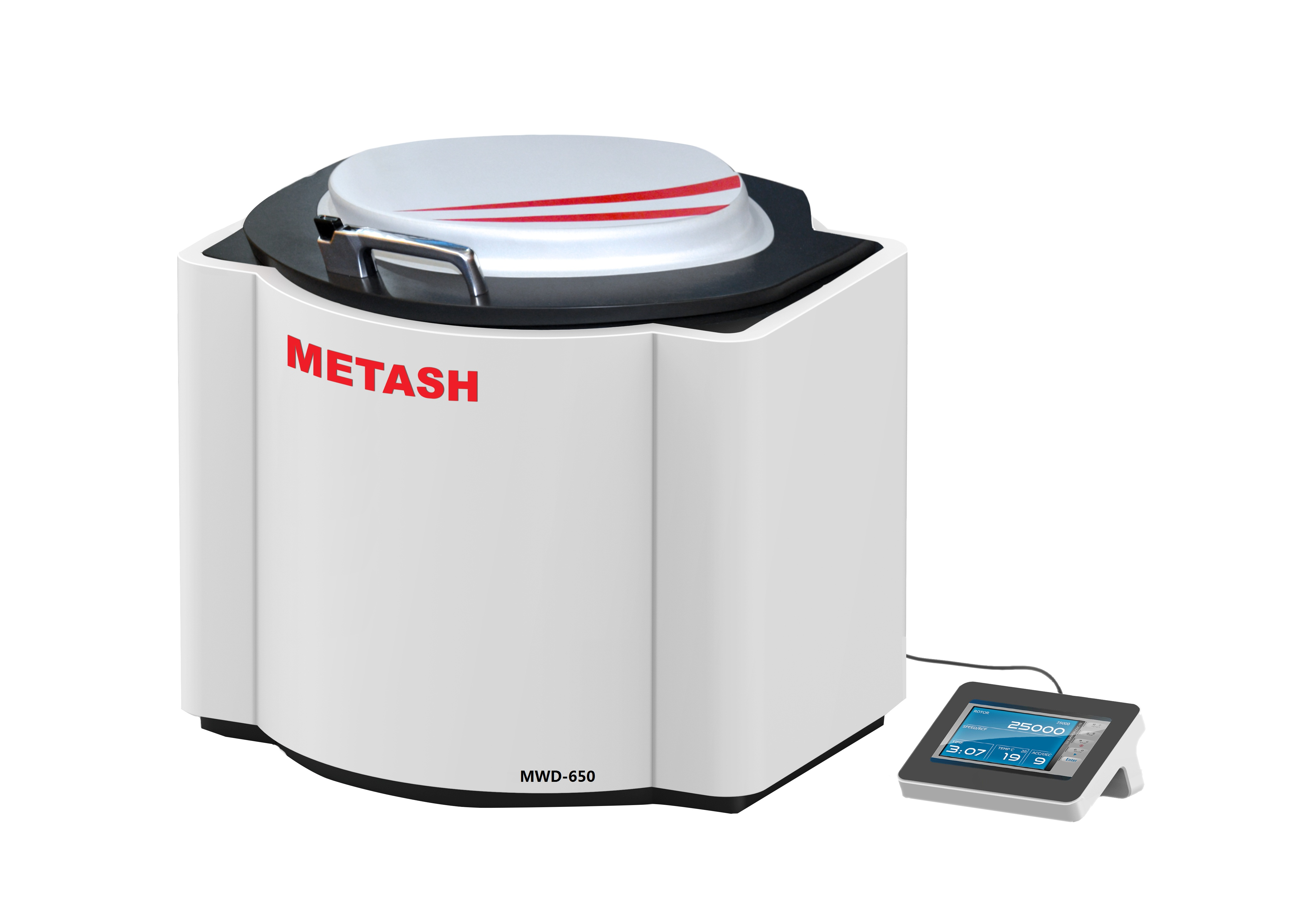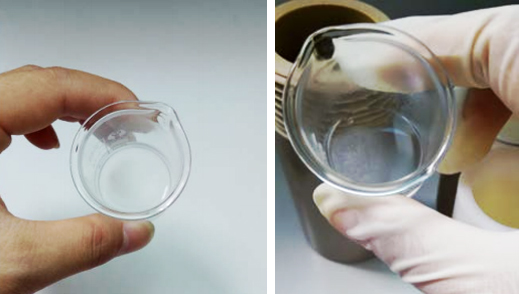Aluminum oxide has high thermal and chemical stability, and can be used for high-temperature insulation, making heat shields or protective coatings. When making other materials, the purity of alumina should be very high, and the impurity elements of the material have a great influence on the performance of the final product.
When analyzing trace elements in alumina, the most important step is the digestion of the sample. Alumina is a material that is difficult to dissolve. The traditional melting decomposition method will bring impurities into the sample. The microwave digestion method is an ideal choice. By virtue of a suitable acid system and temperature and pressure confined space, it can get the ideal decomposition effect in a short time.
The sample is alumina powder provided by one of our user and the sample will be digested by MWD-650 closed microwave digestion system.
| Model | MWD-650 |
| Vessel Quantity | 12 |
| Temperature Monitoring System | Contactless IR Sensor Temperature MonitoringEach Vessel Temperature ControlledTemperature Controlling Range: 50~400℃Temperature Accuracy: ±0.1℃Display Accuracy: ±0.1℃ |
| Pressure Monitoring System | Contactless Sensor Pressure monitoringEach Vessels Pressure ControlledPressure Controlling Range: 0~20MPaPressure Accuracy: ±0.01MPaDisplay Accuracy: ±0.01Mpa |
| Vessel Volume | 100mL |
| Sample Vessel Material | Imported TFM |
| Protection Vessel Material | Peek+Glass Fiber |
| Display | 7 inch Color Touch Screen |
| Rotation | One Direction 360° continuous rotating |
| Microwave Tank | 316L stainless steel tank with corrosion-proof coating |
| Microwave Power | 0-2000W (Adjustable) |
| Microwave Leakage | <5mw/cm2 |
| Air Exhaust | High power corrosion-proof air blower |
| Power | AC 220V±10%, 10A, 50/60Hz |
| Dimension | 490×560×630mm(L×W×H) |
| Weight | 70KG/75KG |
1. Experiment preparations
Sample: Alumina powder
Reagent: Phosphoric acid
Instrument:
MWD-650 Intelligent Closeed Microwave Digestion System
Manufactured by Shanghai Metash Instruments Co.,Ltd.

2. Experiment procedure
1) Sampling and adding acid
| Sample 1 | Sample 2 | |
| Sample volume(g) | 0.2005 (Take the fine powder and weigh a sample) | 0.2009 (Take the fine powder and weigh a sample) |
| 85% H3PO4(mL) | 8 | 10 |
2) Sample digestion method
After loading the samples and reagents, cover the digestion tank, load it into the digestion apparatus, and perform digestion according to the following procedure:
| Steps No. | 1 | 2 | 3 |
| Pressure(0.1MPa) | 10 | 20 | 30 |
| Temperature(℃) | 120 | 180 | 200 |
| Power(W) | 1500 | 1500 | 1500 |
| Heating time(s) | 300 | 300 | 300 |
| Constant temperature time(s) | 60 | 120 | 1800 |
3) Digestion results and analysis
After sample 1 was digested, there was a small amount of white precipitate in the digestion solution, as shown in Figure 1.
After sample 2 is digested, there is a small amount of white precipitate in the dissolving solution, and the amount of precipitation is not much different from that of sample 1, as shown in Figure 2.
The experimental results show that the digestion effects of sample 1 and sample 2 are ideal, and the ratio of reagent selection in sample 1 is good in this experiment (the amount of precipitation does not change significantly after the amount of reagents in sample 2 is increased).

3. Experimental results
High-boiling low-pressure phosphoric acid can be used for the digestion of alumina samples. The MWD-650 closed temperature and pressure dual-control microwave digestion system runs at the target temperature for a certain period of time to complete the digestion of the sample.
